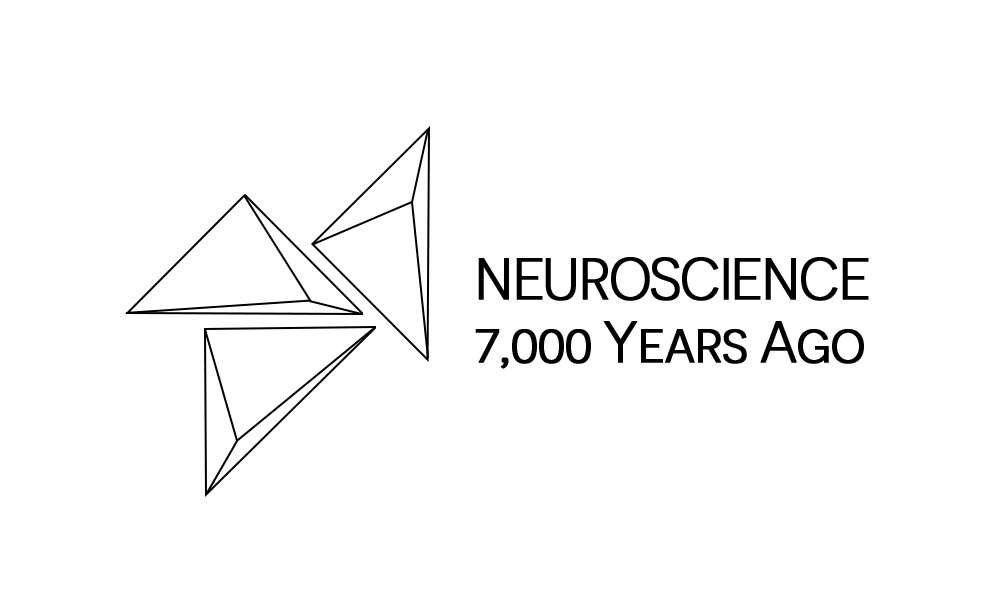Get ready to simply take your relationship life to the next level
Get ready to simply take your relationship life to the next level If you’re looking for a method to just take your relationship life to another degree, you then should truly take a
Get ready to simply take your relationship life to the next level If you’re looking for a method to just take your relationship life to another degree, you then should truly take a
The advantages of granny hookup dating Granny hookups are becoming increasingly popular, and for valid reason. here are the advantages of dating a granny: 1. grannies are experienced. grannies have now been around
“mostbet Oyun Hesabınıza Sign In Yapmanın Yolları Mostbet Giriş ️ Sah Casino Ve Spor Bahisleri Content Mostbet’te Masa Oyunları Mostbet Türki̇ye – Bahi̇s Empieza Casi̇no Oyunlari İçi̇n Ni̇hai̇ Hedefi̇ni̇z Mostbet Tr Casino’sunda Promosyon
Mostbet’te Kayıt Ve Giriş Süreci Mostbet, Mostbet Giriş, Mostbet Güncel Giriş Adresi Content Kumar Lisansı Mostbet Türkiye Online Casino Mostbet Hangi Dilleri Destekliyor? Türkiye’de Mostbet Casino’ya Giriş Türleri Mostbete Nasıl Para Yatırılır? Mostbet’te
Игровые Автоматы Онлайн Играть Бесплатно же Без Регистрации Топ 100 Лучших Слотов Рейтинг Игровых Автоматов а Казино Онлайн Content Top 5 Игровых Автоматов Endorphina С Выводом Faq – Часто Задаваемые вопрос Об Игровых
Mostbet Casino Resmi Site Casino Mostbet Para Için Mostbet Çalışma Aynasında Çevrimiçi Oynayın, Kayıt Olun 540 Arşivleri Mostbet Azerbaijan Content Mobil Uygulamaları Mostbet Azerbaijan Güvenlik Ve Lisans Popüler Turlar Promosyonlar Empieza Bonuslar Kategori:
Coolest OnlyFans Young girls: Sexiest OnlyFans Warm Ladies in 2023 With 1000s of new ladies enrolling in OnlyFans each and every min, finding the optimum OnlyFans types to adhere to can be a
Best OnlyFans Nude Balances With OnlyFans Nude Women Many people, which include a number of the most significant promoters from the program, will not know that OnlyFans was began by using a far
Finest Hottest OnlyFans Models in 2023 Within the last several years, OnlyFans has changed into a hugely well-known and profitable program for information-expressing; in photos, particular and videos of the grown-up selection. The
Leading 50 OnlyFans girls and hottest Searching for very hot OnlyFans young girls to go by? Find the best OnlyFans accounts on our list that come with revitalizing even, videos and photos distinctive
